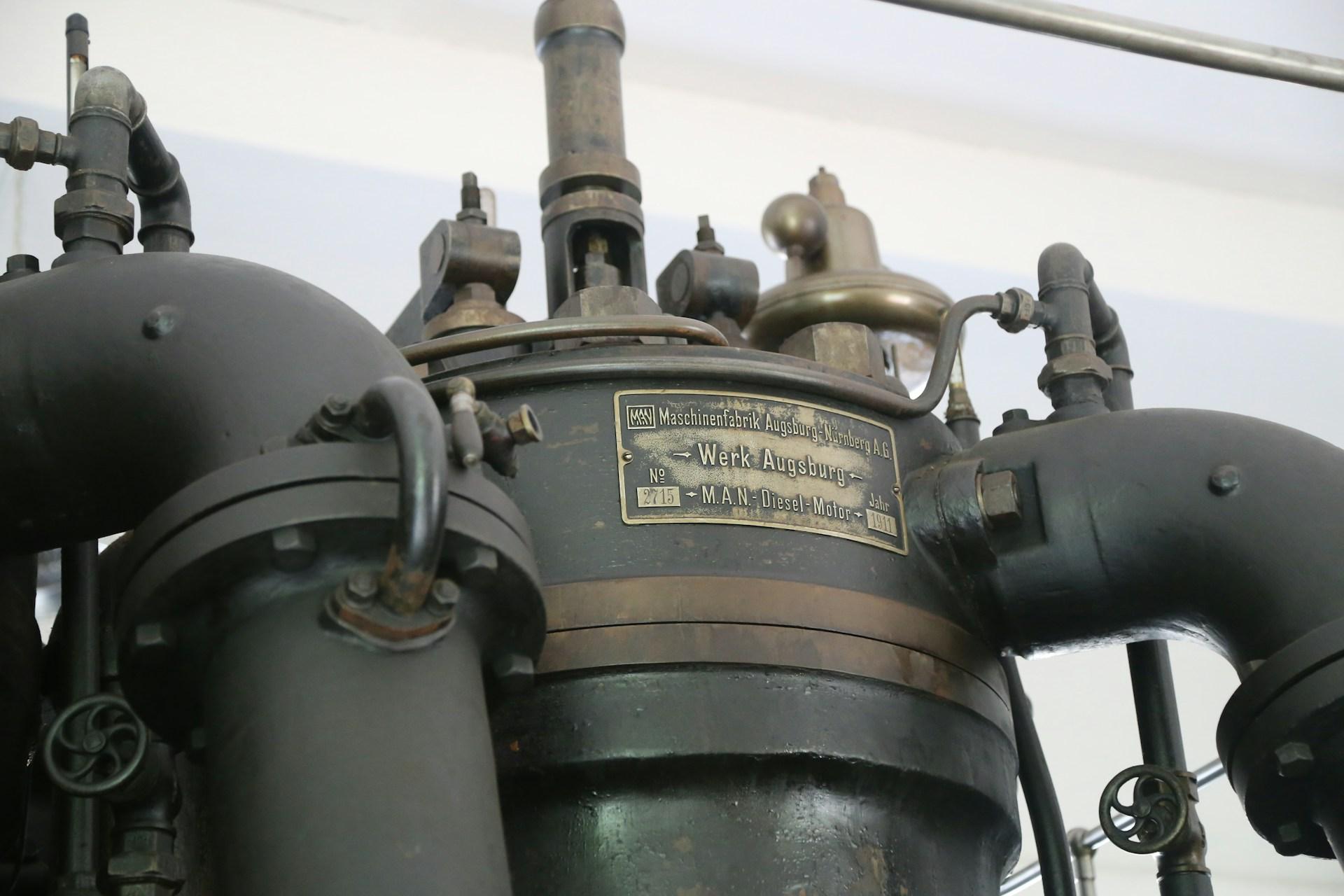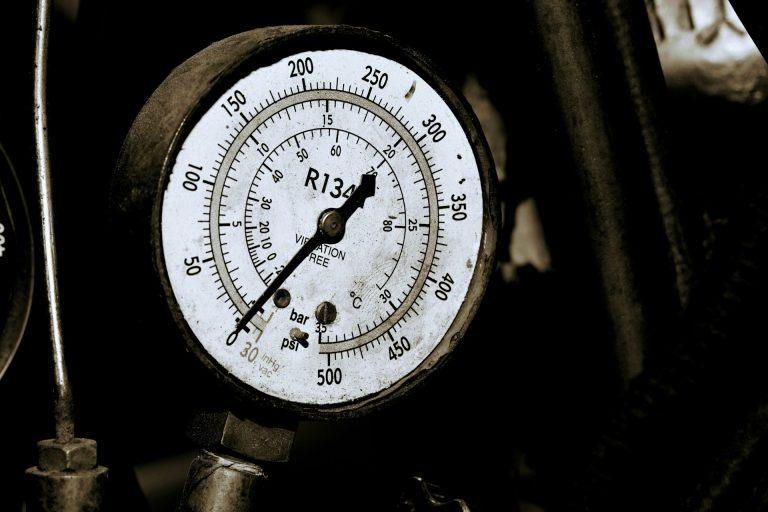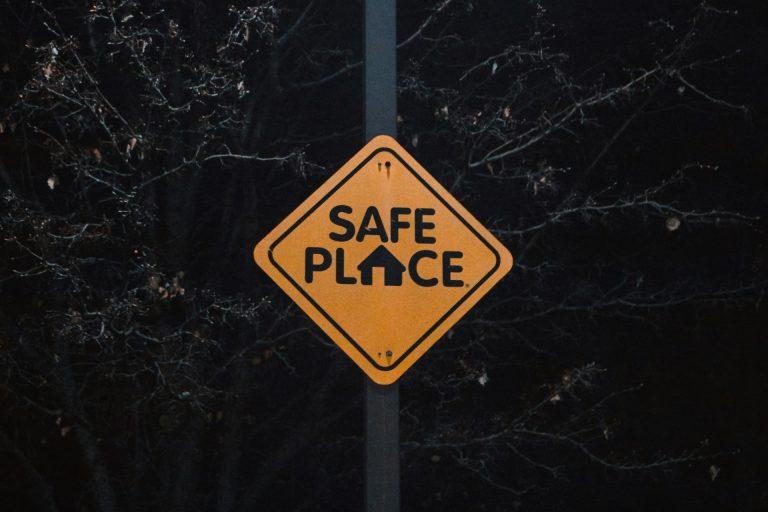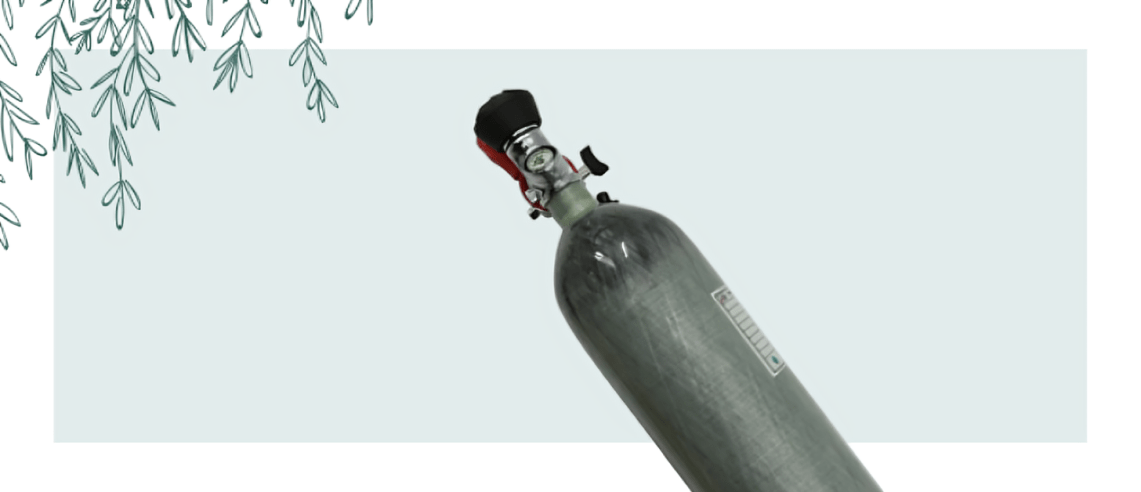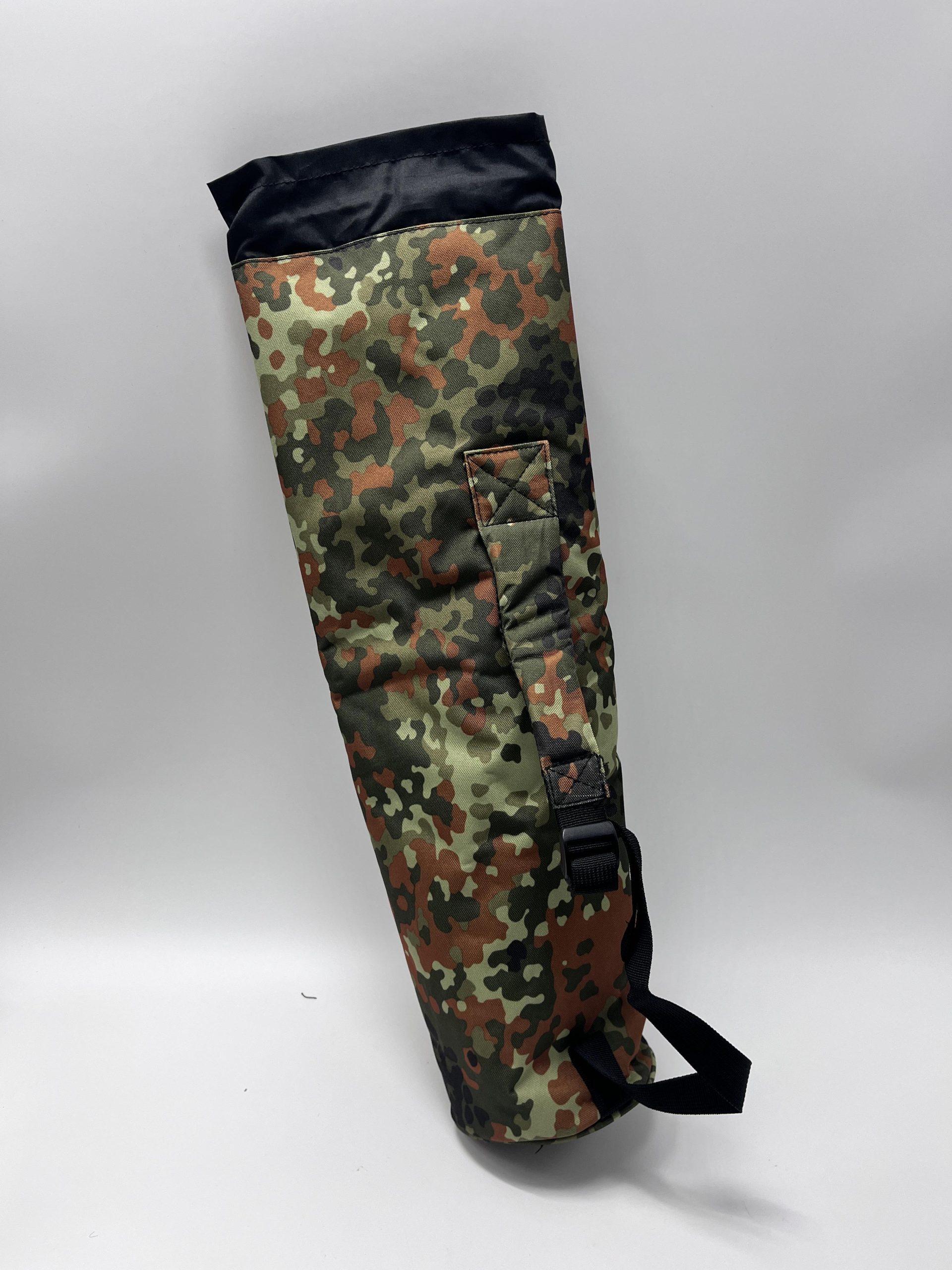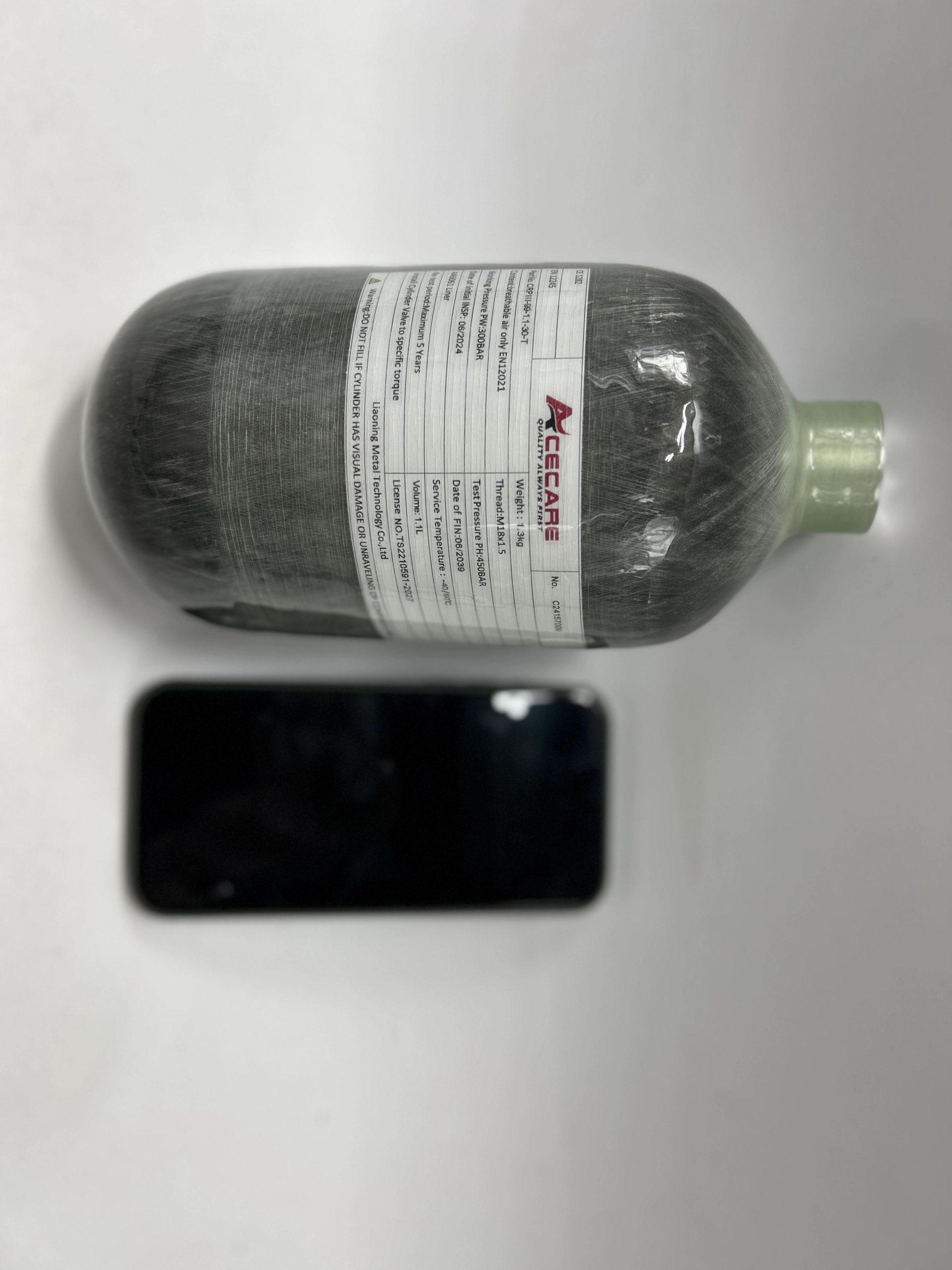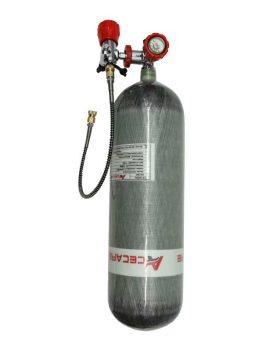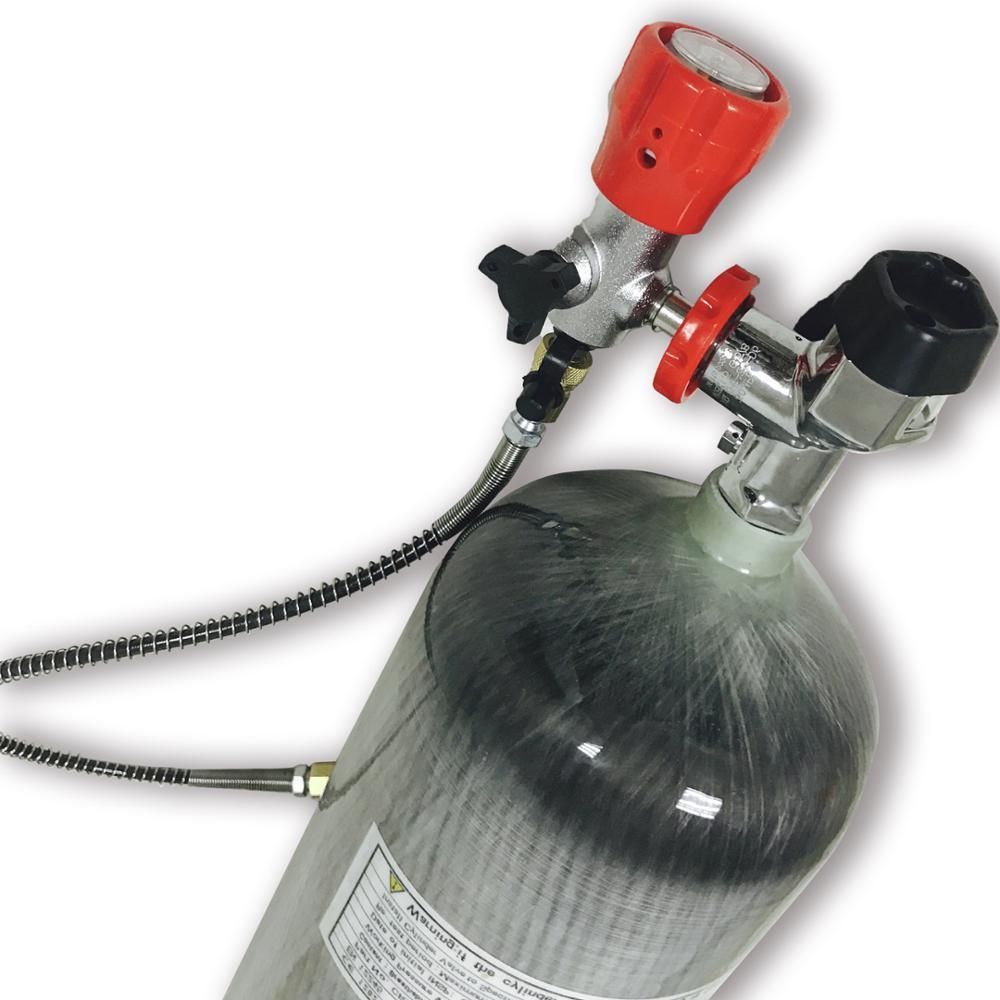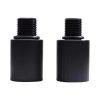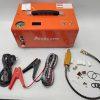Are you staring at a catalog of carbon fiber cylinders feeling completely overwhelmed? Trust me, you’re not alone. When I first started working with these high-performance components, the technical specifications looked like hieroglyphics. After years of hands-on experience (and plenty of costly mistakes), I’ve learned exactly what matters when selecting the perfect carbon fiber cylinder.
Let me walk you through everything you need to know—no engineering degree required.
Why Your Cylinder Choice Matters More Than You Think
Before diving into specifications, let’s be clear about something: choosing the wrong cylinder isn’t just an inconvenience—it can be dangerous, expensive, and frustrating. I once had a client who selected a cylinder with inadequate pressure ratings for their application. Three months and thousands of dollars in damage later, they learned their lesson the hard way.
Your cylinder is the backbone of your system. Get this right, and everything else falls into place.
Decoding Pressure Ratings: The Numbers That Keep You Safe
Pressure ratings are arguably the most critical specification for any cylinder. Here’s what you actually need to know:
Working Pressure vs. Burst Pressure
These are completely different, and confusing them can be catastrophic:
- Working Pressure: This is the maximum pressure the cylinder is designed to safely operate at continuously. Think of it as your everyday limit.
- Burst Pressure: This is the theoretical pressure at which the cylinder would fail. It’s typically 2-3 times the working pressure and is tested during manufacturing.
- Service Pressure: Sometimes listed separately, this indicates the pressure the cylinder is rated for in normal service conditions.
I always recommend selecting a cylinder with a working pressure at least 20% higher than your system’s maximum operating pressure. This gives you a safety buffer that accounts for pressure spikes, temperature fluctuations, and aging of components.
Temperature Considerations
Those pressure ratings? They change with temperature. Carbon fiber cylinders typically have maximum and minimum temperature ratings that affect their pressure capacity. Exceed these limits, and those pressure ratings become meaningless.
Standard ratings typically apply at room temperature (around 70°F/21°C). For every 10°F increase in temperature, you might see a 3-5% decrease in safe working pressure.
Water Capacity: Size Really Does Matter
Water capacity (often abbreviated as WC) refers to the internal volume of the cylinder, usually measured in liters or gallons. This specification directly impacts:
- How long your system can operate (for gas storage applications)
- Flow rates your system can achieve
- Physical dimensions and weight of the cylinder
When selecting based on water capacity, consider:
- Required operating time between refills
- Space constraints in your installation
- Weight limitations of your equipment
- Flow rate requirements of your downstream components
Don’t just go for the biggest cylinder you can afford. I’ve seen too many customers struggle with oversized cylinders that created balance issues, took up excessive space, or provided capacity they never actually used.
Understanding Cylinder Dimensions: It’s Not Just About Height and Diameter
Carbon fiber cylinders come in various shapes and configurations. Key dimensional specifications include:
- Overall length (with and without valves)
- Diameter (maximum outer diameter)
- Neck diameter (important for mounting and compatibility)
- Weight (empty and full)
Pro tip: Always add at least 1-2 inches of clearance to the stated dimensions for installation. You’ll need this space for connections, maintenance access, and to account for manufacturing tolerances.
Also, remember that carbon fiber cylinders are typically lighter than their steel or aluminum counterparts—often by 30-70%. This weight difference can dramatically impact your equipment’s performance, portability, and fuel efficiency.
The Connection Conundrum: Thread Types and End-Fittings
This is where I see the most confusion—and the most compatibility headaches. End-fittings connect your cylinder to the rest of your system, and getting this wrong means nothing works.
Common Thread Types
- NPT (National Pipe Thread): The American standard, with a tapered thread that creates a seal as it’s tightened
- BSPP (British Standard Parallel Pipe): A straight thread that relies on a sealing washer or O-ring
- UN/UNF: Common for precision connections, especially in aerospace applications
- M-series: Metric threads common in European and international equipment
For each thread type, you’ll need to know:
- Thread direction (right-hand is standard, but left-hand exists)
- Thread pitch (threads per inch or mm)
- Thread size (nominal diameter)
A simple example: “3/4-14 NPT” means 3/4 inch diameter NPT thread with 14 threads per inch.
End-Cap and Valve Options
Beyond thread specifications, you’ll encounter options like:
- Standard valve end-caps: Basic configurations for general use
- DIN valve compatibility: European standard connections
- Custom fittings: For specialized applications
- Dual-port options: Allowing multiple connections from a single cylinder
My advice? If possible, bring your connecting component when purchasing, or at minimum, have detailed photos and specifications of what you’re connecting to.
Material Compatibility: Not All Contents Play Nice with Carbon Fiber
While carbon fiber itself is remarkably stable, the internal liners of cylinders (typically aluminum or polymer) have specific compatibility requirements.
Common cylinder classifications include:
- Type 3: Aluminum liner fully wrapped with carbon fiber
- Type 4: Polymer liner fully wrapped with carbon fiber
- Type 5: Seamless composite construction with no distinct liner
Before finalizing your selection, verify that your chosen cylinder is rated for your specific contents, whether that’s:
- Compressed air
- Nitrogen
- Oxygen (requires special cleaning and compatibility)
- CO2
- Other specialized gases
Certification and Testing: The Paperwork That Protects You
Always—and I mean always—verify that your carbon fiber cylinder meets applicable standards for your region and application. These might include:
- DOT (Department of Transportation) certifications
- TC (Transport Canada) approvals
- ISO standards compliance
- CE marking for European markets
- ASME certifications
Additionally, check for:
- Hydrostatic test dates and requirements
- Service life limitations (many carbon fiber cylinders have a defined service life)
- Inspection interval requirements
A cylinder without proper certification is a liability, not an asset.
Matching Your Cylinder to Your Application
Let’s get practical. Here are some typical applications and what to prioritize for each:
Industrial Applications
- Focus on: Working pressure, connection compatibility, material compatibility
- Consider: Mounting options, exposure to chemicals/elements
Automotive
- Focus on: Weight savings, space constraints, vibration resistance
- Consider: Temperature fluctuations, certification requirements
Medical
- Focus on: Certification, cleanliness, precise specifications
- Consider: Portability, fail-safe features, service intervals
Recreational
- Focus on: Weight, durability, refill availability
- Consider: Transportation requirements, impact resistance
Making Your Final Decision: A Checklist
Before clicking “buy,” run through this final checklist:
- Pressure compatibility: Does the working pressure exceed your maximum system pressure by at least 20%?
- Dimensional fit: Have you verified the cylinder will physically fit your installation with adequate clearance?
- Connection compatibility: Are the thread type, size, and configuration compatible with your equipment?
- Material compatibility: Is the cylinder rated for your specific contents?
- Certification verification: Does the cylinder meet all regulatory requirements for your application?
- Service requirements: Are you prepared to meet the inspection and service requirements?
- Supplier reliability: Are you purchasing from a reputable supplier who can provide support?
Real-World Considerations Beyond the Specs
The specifications matter, but so do these practical factors:
- Availability of replacement parts: Will you be able to get new valves, o-rings, or other components?
- Service network: Who can inspect and recertify your cylinders when needed?
- Transportation regulations: Can you legally transport these cylinders for refilling or service?
- Cost of ownership: Consider not just purchase price, but life cycle costs including inspection and eventual replacement.
Final Thoughts: Investing in Quality Pays Dividends
I’ve seen companies try to save money by cutting corners on cylinder specifications, only to pay ten times more in downtime, compatibility issues, or premature replacement.
Carbon fiber cylinders represent a significant investment—but one that delivers substantial benefits in weight savings, corrosion resistance, and safety factors. Take the time to select exactly the right cylinder for your application, and that investment will pay dividends for years to come.
Remember: The right cylinder isn’t always the most expensive one, but it’s always the one that precisely matches your specific requirements.
Have questions about your particular application? Drop us a line—we’re always happy to help you navigate the selection process and find the perfect carbon fiber cylinder for your needs.

